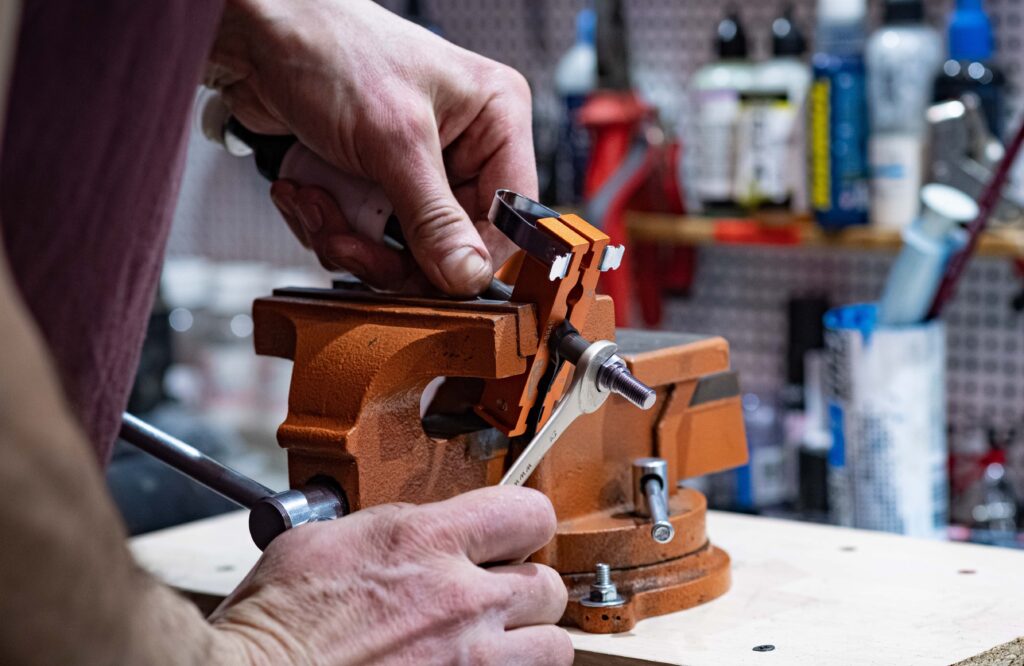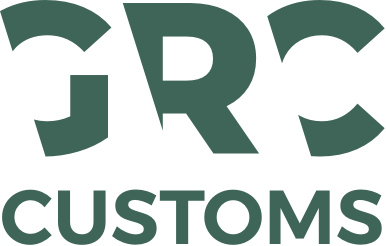In November 2022, we published an informative blog about the European Commission’s decision to introduce a new import duty, the CBAM: Carbon Border Adjustment Mechanism. The implementation has faced delays, and adjustments have been made. Perhaps the most significant change is the expansion of the group of companies affected by this legislation through the designation of specific products. If you thought you could escape the impact last year, you might now find yourself compelled to delve into CBAM! Adding small hardware and various aluminum goods to the product list has notably increased the number of affected entrepreneurs.
History of CBAM
The EU has set various emission goals, aiming for a climate-neutral EU by 2050. CBAM is one of the measures designed to strengthen the EU Emissions Trading System (ETS). It’s primary goal is to achieve a 55% net reduction in CO2 emissions and to prevent carbon leakage. This leakage occurs when goods production shifts to countries with less ambitious climate policies than the EU. This shift has the potential to undermine both the Union’s climate ambition and the intended global emission reduction.
Significant Adjustments to the Original Decision
In December 2022, the European Commission published an amendment to its initial decision. The Commission underscores the EU’s responsibility to play a leading role in combating climate change. This emphasis is particularly directed at addressing the rise in greenhouse gas emissions resulting from the import of goods into the EU.
Extension of the Transition Period
As mentioned in our previous CBAM post, the original transition period was scheduled from January 1, 2023, to the end of 2026. However, the decision on December 14, 2022, postponed the transition. The new start date for the transition period is October 1, 2023, expected to last until December 31, 2025.
Expansion of Applicability
The European Commission has also decided to further expand the scope of CBAM. This expansion aims to provide companies with visibility, predictability, and long-term certainty amid carbon price increases, assisting in making decisions about emission reduction investments.
The list in Annex I of the regulation has been expanded to include:
- Kaolin
- Aluminium cement
- Ferrous metals (excluding these products)
- Agglomerated iron ores and concentrates
- Screws, bolts, nuts, slot screws, screw hooks, rivets, split pins, split pins, washers, spring washers, and similar articles of iron and steel
- Other articles of iron and steel
- Aluminium structures and parts of structures
- Aluminium reservoirs, tanks, barrels, cans, and containers
- Aluminium wire, cables, braids, and non-electrically insulated aluminum
- Other articles of aluminum
- Hydrogen
Indirect Emissions
The definition of emissions has been expanded from the original proposal to include indirect emissions. These emissions result from the electricity generation used to produce goods subject to this regulation, aiming to enhance the environmental effectiveness of CBAM.
Excluded Goods
The Commission has also specified goods not covered by the CBAM regulation in Article 1(2a). These goods include those with intrinsic values per shipment not exceeding €150, as specified for goods with negligible value. This excludes goods in the personal baggage of travelers coming from third countries, provided their intrinsic value does not exceed €150. Additionally, goods transported or used for military activities under Article 1(49) of Commission Delegated Regulation (EU) 2015/2446 are excluded.
Applying for a Permit
Article 5 of the regulation stipulates that every importer established in a Member State must apply for the status of an authorized CBAM declarant before importing goods into the EU customs territory. Importers using indirect representation under Article 18 of Regulation (EU) No. 952/2013 must have their application submitted by that indirect customs representative, who must explicitly agree to act as an authorized CBAM declarant. The same applies to non-established importers, with the application submitted by the indirect customs representative.
It’s important to note that the rules for applying for a permit will only come into effect on December 31, 2024, according to Article 36(3)(a) of the regulation.
Expansion of the List of Evasion Practices
Under Article 27 of the regulation, the European Commission takes measures to address evasion practices. The list of such practices can include, but is not limited to, modifying goods to fall under HS codes not listed in Annex I, unless the modification changes their essential characteristics. It can also involve artificially splitting shipments to keep the intrinsic value below the threshold specified in Article 2(2) of this regulation.
Implications for Your Business
Importers need to prepare for the transition period. CBAM declarants must report quarterly on the goods imported during that quarter, including the amount of direct and indirect embedded emissions in the goods and the CO2 price payable in the country of origin. Since the financial obligation only starts on January 1, 2026, this reporting is currently an obligation to report, not a payment obligation.
Declarants can already start their preparations. Need more information on actions that can be taken in preparation for the transition period? Read our article “55% CO2 Reduction with New Import Duty by 2023!“
We will keep you updated on further CBAM developments through new blog posts. If you have questions about CBAM or need support with preparatory actions, send a message to info@grc-customs.com.

